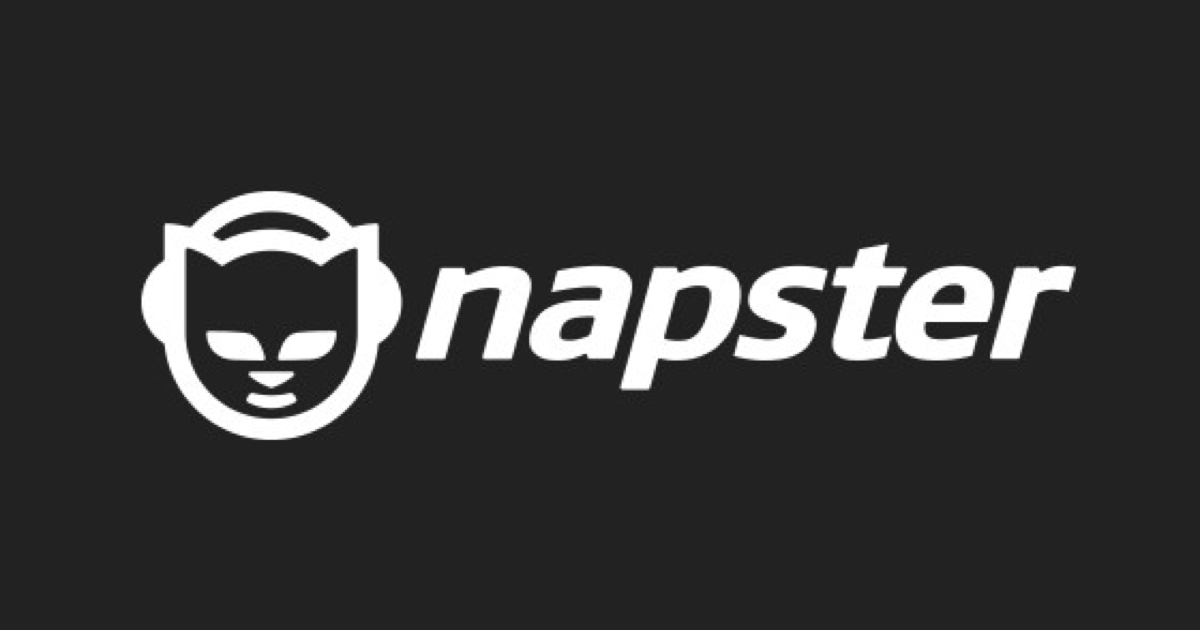
In the summer of 1999, an 18-year old college drop named Shawn Fanning had an idea.
Suppose, he said, you were able to link up all the computers in the world and then use that connection to source and share other people's music.
It was a radical idea. He called it Napster, and it worked incredibly well. It worked so well that the music and record companies took him to court and in two years had Napster closed down.

But the horse was out of the barn (or the genie was out of the bottle) and there was no putting either of them (or the idea) back in.
Thus was born, what has come to be known as Web 2.0. An Internet-based on endlessly connectivity and sharing.
Today, pretty much every app or site that we use is in some way a child of Fanning's Napster. Beyond music, when you go to TripAdvisor or eBay or JDate or Instagram or Facebook and a million others when you access content, that content no longer sits on your computer, nor it stuff that you personally have created. We live in a shared content world; a crowd-sourced world.
Crowdsourcing, is, in fact, the foundation of pretty much every successful site we use today, from eBay to WAZ.
Shawn Fanning set off a net revolution in 1999; one that we are still living with today and on that changed pretty much every business except for one,
The one business that Web 2.0 did not change was journalism in general, and video specifically.
Today, video production is still pretty much done the way lace was made in Nottingham, England in the 17th century- that is, by hand. Video production is still a cottage industry. You shoot it, you edit it, you produce it and then, it is true, you use something like Instagram or Facebook or YouTube to show it to the world - "Look what I made all by myself". And that is the end of it.
Perhaps, if you are really aggressive, you have your own YouTube channel - "Look, here's a LOT of what I made, all by myself."
In a world otherwise driven by shared files and crowdsourcing, this makes no sense.
There are an estimated 3.5 billion people in the world with smartphones. Every smartphone now has the capacity to shoot 4K video, edit, add music & graphics and live stream. That is a remarkably powerful media machine that no one has been able to harness; in fact that no one wants to touch.
This also makes no sense.
We understand crowdsourcing when it comes to, say, TripAdvisor. We understand crowdsourcing when it comes to restaurant reviews on Yelp. But when it comes to video, we revert back to a very 1960s model of content production.
A major media company, say a newspaper or a magazine or a TV station will send out a reporter, a producer, and a crew to do a story on, let's say, immigration. So they will, of their own accord, find a single immigrant family and spend an hour or so with them and produce a nice, simple story.
Is there any value to what they have delivered? Well, maybe, but limited at best, Of course, before Web 2.0 this was the only way to gather video content. Piecework.
But let us suppose, just for argument's sake, that you were able to 'turn on', say 100 Video Reporters in your community to do 100 separate stories on 100 different families - or perhaps just contribute pieces of one large story on immigration, think how much richer the content would be that you could offer your readers or viewers.
Let's take a bigger topic: Global Warming. It is very nice that The BBC can afford to send Sir David Attenborough around the world for five years with a film crew to produce 3 hours on Global Warming for Netflix. Very nice and very expensive and very time consuming and very limiting - but nice.
Suppose, instead, you were able to crowdsource video from, say, 100,000 or even one million people all over the world on global warming. Slice and dice the content any way you wish. Meta tag it so it is searchable.
And, the content does not have to be news-oriented, You can create silos. Let's say you created a food silo or a cooking silo and you aggregated people's videos about cooking their favorite dishes. You could aggregate even further - fish. Salmon. You can get as granular as you like. And, as with eBay, the more contributors, the more valuable the site.
An open platform for open ideas and millions of voices.
Overwhelming, you say?
Are the contributions of 2 billion Facebook users overwhelming to you?
Should Facebook instead hire 30 writers or 300 writers who would compose the content of Facebook every day?
We can create a remarkably powerful tool for video content. The pieces are all in place. It only needs someone to arrange it.


